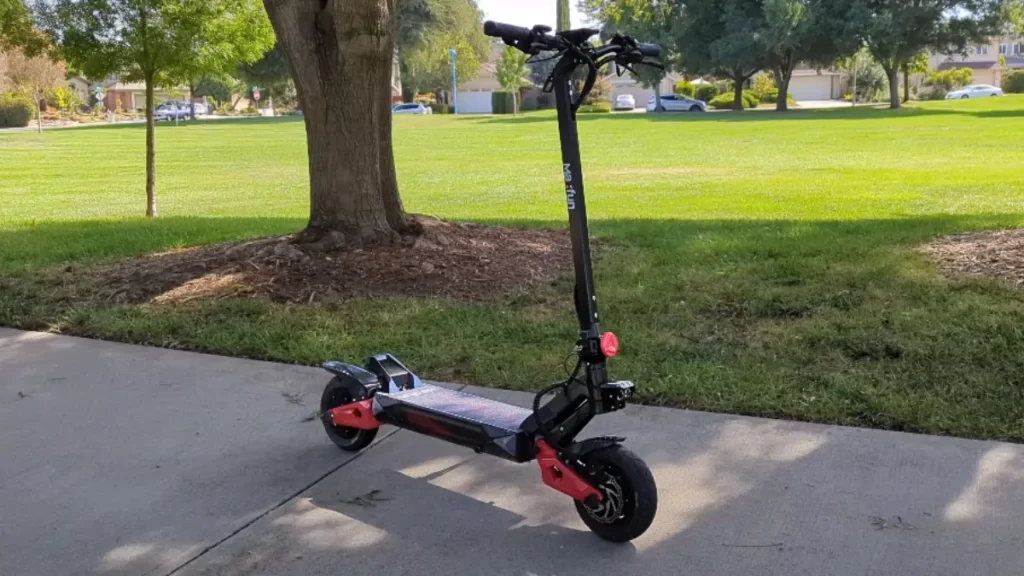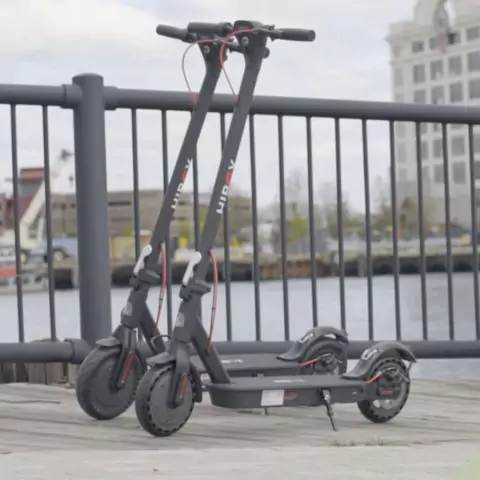Hoverboards feel futuristic. You step on, think “go forward,” and suddenly the board moves like it knows exactly what you want.
Because of this smooth response, many people wonder the same thing: Do hoverboards read your brain?
Short answer: No — hoverboards don’t read your brain or your thoughts.
But the long answer is much more interesting. Let’s break down how hoverboards actually work and why people think they’re mind-controlled.
Contents
- 1 No, Hoverboards Don’t Read Your Brain or Thoughts
- 2 Hoverboards Respond to Your Body, Not Your Mind
- 3 Why Hoverboards Feel Like They Read Your Thoughts
- 4 What Technology Do Hoverboards Actually Use?
- 5 Can Hoverboards Ever Read Your Brain in the Future?
- 6 Common Myths About Hoverboards (Busted!)
- 7 Are Hoverboards Safe to Ride?
- 8 FAQ: Do Hoverboards Read Your Brain?
- 9 Conclusion: Hoverboards Read Your Balance, Not Your Brain
No, Hoverboards Don’t Read Your Brain or Thoughts
There are no neural sensors, no AI mind readers, no brain scanners, and no telepathic technology inside a standard hoverboard.
Modern hoverboards use simple physics + advanced sensors, not brain signals.
Even the most expensive hoverboards on the market rely on:
- Pressure sensors
- Gyroscopes
- Accelerometers
- Electric motors
- A control motherboard
Nothing inside detects your brain waves.
So why do they feel like they respond to your thoughts? Keep reading.
Hoverboards Respond to Your Body, Not Your Mind
Hoverboards use self-balancing technology to detect even the smallest changes in your body. When you lean or shift your weight, your hoverboard reads those micro-movements instantly.
How movement actually works:
- Lean forward → Sensors detect pressure → Motors move forward
- Lean backward → Motors slow or reverse
- Lean left/right → Turning is triggered
- Shift toe/heel pressure → Rotate or spin
The design is so sensitive that your body reacts before you realize it.
Your brain says “go,” your body leans, and the hoverboard moves — giving the illusion of mind control.
Why Hoverboards Feel Like They Read Your Thoughts
The experience is smooth and instant. Your brain sends signals to your muscles, and the hoverboard reacts to your body almost immediately.
This creates three illusions:
1. Subconscious Movements
You don’t feel yourself leaning, but you are.
The sensors pick up micro-movements that feel invisible to you.
2. Natural Balance Response
Your inner ear and your board constantly “talk” through balance adjustments.
3. Intuitive Movement
Hoverboards are designed so well that movement feels automatic, almost telepathic.
This is the same reason skiing, surfing, or biking can feel like mind-body connection.
What Technology Do Hoverboards Actually Use?
A hoverboard works because of a combination of sensors and motors communicating thousands of times per second.
1. Gyroscopes
These measure the tilt and angle of the board.
2. Accelerometers
They measure speed and direction changes.
3. Pressure Pads
Located under your feet, they detect how you shift weight.
4. Logic Board (Motherboard)
This is the “brain” of the hoverboard — but it doesn’t read your brain.
It processes sensor data and tells the motors how to respond.
5. Motors
These power the wheels and adjust speed in real time.
6. Battery Pack
Usually a lithium-ion battery that keeps everything running.
All together, this system creates the smooth, responsive ride hoverboards are known for.
Can Hoverboards Ever Read Your Brain in the Future?
Actually, yes — future hoverboards could become mind-controlled, but not in the way people imagine.
Companies like Neuralink, Emotiv, and NextMind already build brain-computer interface headsets (BCI) that read electrical signals from your brain.
These can:
- Move a robot arm
- Drive a wheelchair
- Control a computer cursor
- Play simple video games
So in the future, hoverboards could integrate:
- A brain-signal reading headset
- Bluetooth connection
- Mind-controlled commands
But right now?
No hoverboard uses BCI technology.
Common Myths About Hoverboards (Busted!)
Myth 1: Hoverboards use AI to read thoughts.
False. They use sensors and physics.
Myth 2: Hoverboards know where you want to go.
They only know where you’re leaning.
Myth 3: Hoverboards are dangerous because they move on their own.
They only move when your body shifts.
Myth 4: Hoverboards can be hacked and controlled remotely.
Also false — unless someone pairs with your Bluetooth speaker, which only affects music.
Are Hoverboards Safe to Ride?
Hoverboards are safe when used correctly and when purchased from reputable brands.
To reduce accidents:
Safety Tips
- Wear a helmet
- Start on flat ground
- Don’t ride near traffic
- Avoid wet surfaces
- Keep your battery charged
- Don’t lean too fast
Most accidents happen because people rush or try tricks too early.
FAQ: Do Hoverboards Read Your Brain?
Do hoverboards use mind-control technology?
No. They rely on pressure sensors and gyroscopes.
Why does my hoverboard react so fast?
Because the sensors are extremely sensitive to weight shifts.
Can a hoverboard move without touching it?
No — unless it has a malfunction, it won’t move without pressure on the pads.
Will future hoverboards use brain-reading tech?
Possibly, using brain-computer interfaces, but not yet.
Do hoverboards connect to your nervous system?
No. They only connect to your body through balance and pressure.
Conclusion: Hoverboards Read Your Balance, Not Your Brain
Hoverboards feel futuristic, but they’re not mind readers.
They respond to:
- Balance
- Body positioning
- Pressure
- Natural movement
Your brain controls your body, and your body controls the hoverboard — that’s why it feels so effortless.
As brain-signal technology improves, we might see true mind-controlled hoverboards one day. But for now, hoverboards are all about balance, sensors, and smart engineering — not telepathy.


